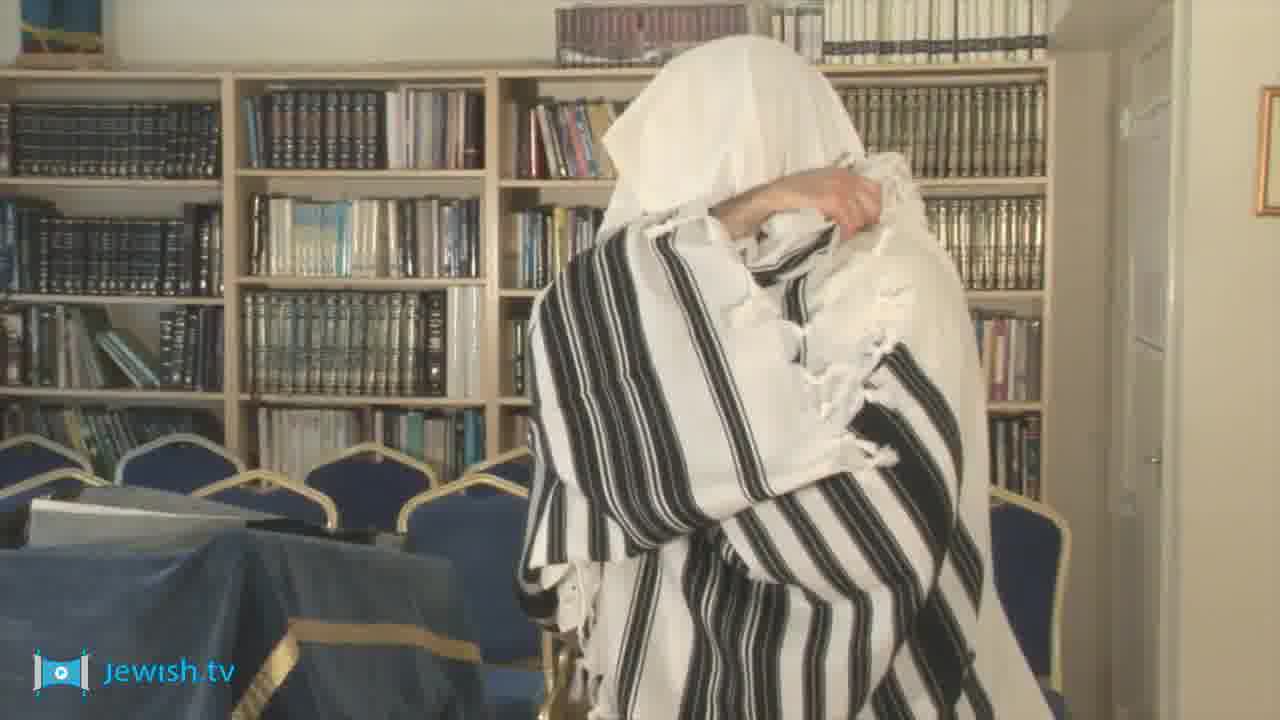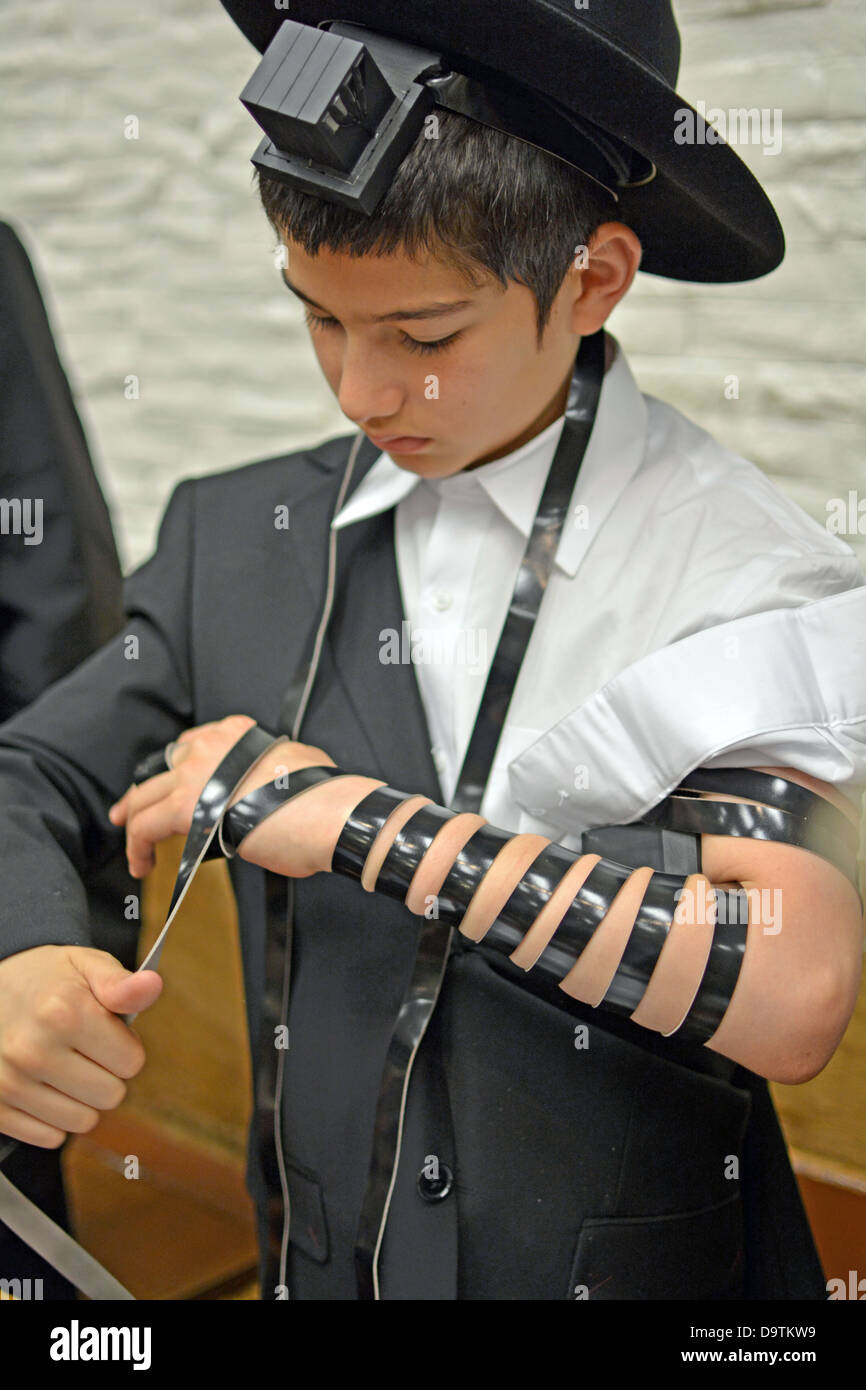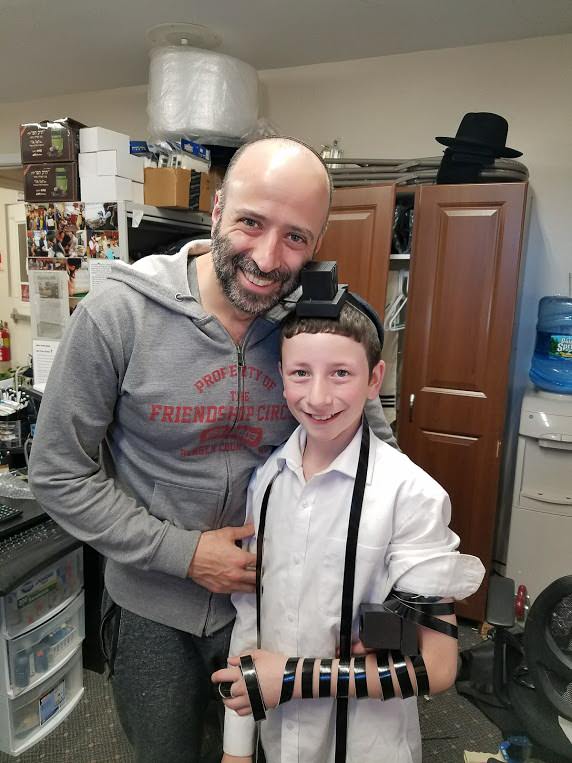BSD
Suka 42a (3) / 42b
Elul 3, 5782. August 30, 2022
We continued learning the Breisah that enumerates the Mitzvos a קטן needs to do prior to Bar Mitzva.
1-
תָּנוּ רַבָּנַן:
קָטָן הַיּוֹדֵעַ לְנַעְנֵעַ — חַיָּיב בְּלוּלָב. It doesn’t say that the father needs to purchase him a Lulav,
We discussed this point last week as to why the Shulchan Aruch adds the words קטן היודע לנענע לולב כדינו אביו חייב לקנות לו לולב כדי לחנכו .

2- לְהִתְעַטֵּף — חַיָּיב בְּצִיצִית
We discussed:
a-the Tosfos in Erchin 2b that says that there is no reason for the father to purchase ציצית for him since the child has his own בגד and what is needed is the father to add the ציצית strings.

b- the wording להתעטף, meaning to wrap. We spoke about this topic at the beginning of Suka 3a. The opinion of the Geonim that from the ברכה – להתעטף we see that only a בגד that fully wraps the body, front and back is חייב בציצית.

ה יש אומריםיח מדתקנו חז”ליט לברך להתעטף בציצית מכלל דהמצוה היא להתעטף דוקא וכל עטיפה שאינה כעטיפת הישמעאלים אינה נקראת עטיפה אלא לבישהכ ולכן צריך להתעטף בטליתו כעטיפת הישמעאלים דהיינו לכסות הראש עם הפנים עד גומות שבלחי למטה מפיוכא ולדבריהם טליתות קטנות שלנו שאין בהם עטיפת הראש פטורים מציצית לגמריכב:

The Halacha follows the ראשונים that disagree and say that any four cornered garment if חייב בציצית. The reason the ברכה is worded with להתעטף is simply because at that time most people wore their garments as shawls that warped around them.
ו אבל יש אומרים כג שכל כסות של ד’ כנפות אע”פ שאין בה עיטוף חייבת בציצית שהרי נאמר בתורה כד על כנפי בגדיהם וכל מלבוש ובגד במשמע והעיטוף אין לו אפילו רמז בתורה כלל כה ומה שתקנו חכמים לברך להתעטף בציצית היינו לפי שהיה מנהגם לעטוף ראשם בטליתםכו ואף בימיהם לא היו מתעטפין כעטיפת הישמעאלים אלא כדרך בני אדם שמתעטפין בכסותם ועוסקין במלאכתםכז פעם בכיסוי הראש ופעם בגילוי הראש לכן אף אנחנו אף שאנו מברכין להתעטף בציצית אין אנו צריכין יותר והלכה כסברא הב’כח. ומכל מקום כדי לקיים מצות ציצית מן המובחרכט נכון הדבר להתעטף כעטיפת הישמעאלים בשעת ברכהל ויעמוד כך כדי הילוך ד’ אמות ובזה יוצא אף לסברא הראשונה דעיקר הקפידא היא בשעת לבישה לא דהא אם היה רוצה היה מסירה ממנו לגמרי אחר כך:
3- לִשְׁמוֹר תְּפִילִּין — אָבִיו לוֹקֵחַ לוֹ תְּפִילִּין.

Change of wording here. לקיחה versus חייב. The father needs to buy him a pair of Tefillin. Why not just say חייב and he can use his father’s תפילין?

a- We discussed the reason for the need to purchase for him תפילין (as opposed to ציצית) as the above Tosfos explains since a child does not have his own תפילין the father needs to purchase for him a new pair. Another reason is that תפילין being expensive the word לקיחה is more appropriate.
b – A brilliant explanation from the פרדס יוסף:
The issue with the קשר of Tefillin. It’s a big topic – briefly, רבינו אליהו , a ראשון, says when the Torah says וקשרתם, it means literally – to tie it! One needs to untie the entire knot every day at the conclusion of the מצווה and making a totally new knot the next morning.

Most ראשונים argue, saying that since תפילין need a קשר של קיימא (otherwise it’s not considered a knot but a bow) untying and tying it every day makes this knot not a permanent knot but a temporary one.
As we see in regards to שבת , a knot that is untied every day is not really considered a knot. It’s not a קשר של קיימא. So one should absolutely not undo the knot every day!

Obviously the וקשרתם means (not to tie the knot daily) but to bind it to your hand! See Tosfos Menochos 35b.
So, suggests the פרדס יוסף, if a child would use his father’s תפילין it’s likely that they would need to adjust the knot on a daily basis. That would be a problem according to most ראשונים.
Thus the need to purchase for a son a new pair of Tefillin.לִשְׁמוֹר תְּפִילִּין — אָבִיו לוֹקֵחַ לוֹ תְּפִילִּין
4-יוֹדֵעַ לְדַבֵּר — אָבִיו מְלַמְּדוֹ תּוֹרָה וּקְרִיאַת שְׁמע
a -We discussed the topic if there is an obligation of teaching a child לשון הקודש.
As Rashi writes דברים יא, יט
מִכָּאן אָמְרוּ כְּשֶׁהַתִּינוֹק מַתְחִיל לְדַבֵּר אָבִיו מֵשִׂיחַ עִמּוֹ בִּלְשׁוֹן הַקֹּדֶשׁ וּמְלַמְּדוֹ תוֹרָה.
Mentioned the Rambam that explains the Mishna in אבות , 1 2
וֶהֱוֵי זָהִיר בְּמִצְוָה קַלָּה כְבַחֲמוּרָה,
What is a מצוה קלה? Writes the Rambam…. Learning to speak לשון הקודש!

אח”כ אמר שצריך ליזהר במצוה שיחשב בה שהיא קלה כשמחת הרגל
ולמידת לשון הקדש
b – We mentioned the חתם סופר that לשון הקודש will only last as a language if its speakers keep to a level of קדושה. He adds that this is the reason בני ישראל forgot לשון הקודש in the 70 short years they were בבל. Their lack of קדושה caused them to forget the language.
More on this interesting topic in the future, BL”N.